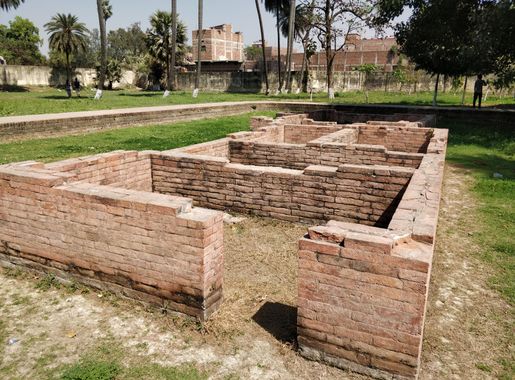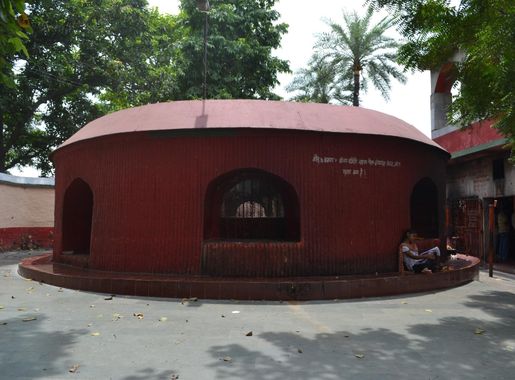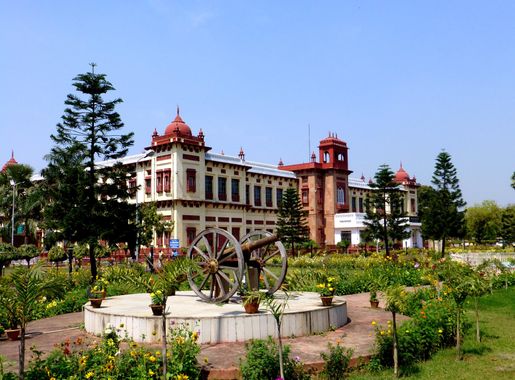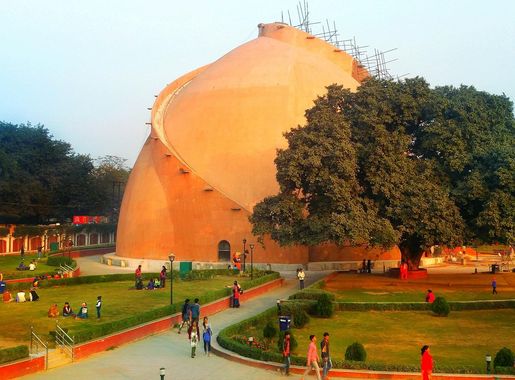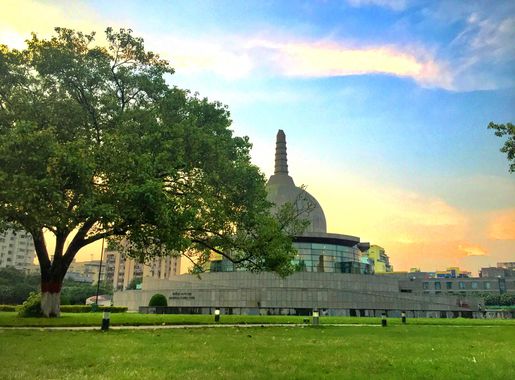
Kumhrar: A Glimpse into Patna's Ancient Majesty
Explore Kumhrar: Where Ancient Ruins and Modern Life Coexist in Patna's Historical Heart.
Welcome to Kumhrar, a neighbourhood in Patna that offers a fascinating dive into India's ancient history. Situated in the bustling city of Patna, Kumhrar is a treasure trove of archaeological wonders that date back to the Maurya and Gupta periods. This area is especially known for its historical significance and is a must-visit for history enthusiasts and curious travellers alike. As you stroll through Kumhrar, you'll encounter the remnants of the ancient city of Pataliputra, the capital of the mighty Mauryan Empire. The ruins here include the famed Assembly Hall, which once stood as a testament to the architectural prowess of ancient India. The excavations reveal a rich tapestry of cultural and political history, offering a glimpse into the life and times of one of India's most influential empires. But Kumhrar is not just about ancient ruins. The neighbourhood is also a blend of contemporary life and historical charm. Local markets, vibrant street food, and friendly residents add a unique flavour to your visit. Take your time to explore the blend of old and new, and you'll find that Kumhrar is a place where history comes alive in the midst of modernity.
Local tips in Kumhrar
- Visit early in the morning to avoid the heat and crowds.
- Wear comfortable walking shoes; the archaeological site covers a large area.
- Don't miss the local markets; they offer a variety of traditional crafts and street food.
- Take a guided tour to fully appreciate the historical significance of the ruins.
Kumhrar: A Glimpse into Patna's Ancient Majesty
Welcome to Kumhrar, a neighbourhood in Patna that offers a fascinating dive into India's ancient history. Situated in the bustling city of Patna, Kumhrar is a treasure trove of archaeological wonders that date back to the Maurya and Gupta periods. This area is especially known for its historical significance and is a must-visit for history enthusiasts and curious travellers alike. As you stroll through Kumhrar, you'll encounter the remnants of the ancient city of Pataliputra, the capital of the mighty Mauryan Empire. The ruins here include the famed Assembly Hall, which once stood as a testament to the architectural prowess of ancient India. The excavations reveal a rich tapestry of cultural and political history, offering a glimpse into the life and times of one of India's most influential empires. But Kumhrar is not just about ancient ruins. The neighbourhood is also a blend of contemporary life and historical charm. Local markets, vibrant street food, and friendly residents add a unique flavour to your visit. Take your time to explore the blend of old and new, and you'll find that Kumhrar is a place where history comes alive in the midst of modernity.
Iconic landmarks you can’t miss
Kumhrar Park
Discover the serene beauty and rich history of Kumhrar Park, an archaeological gem in Patna showcasing the remnants of the ancient Mauryan civilization.
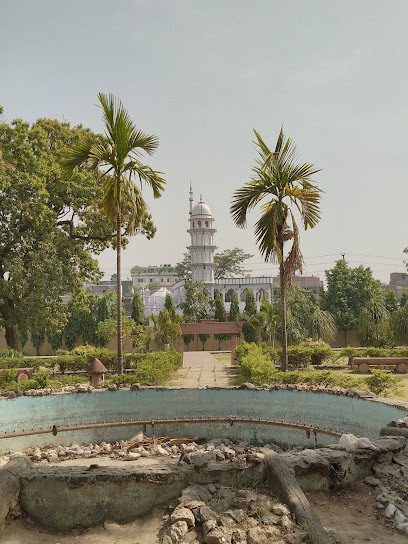
Amarnath Mandir
Experience the divine peace of Amarnath Mandir, a key Hindu temple in Patna, Bihar, celebrated for its spiritual ambiance and stunning architecture.
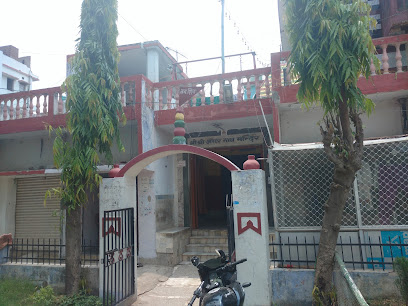
Kumharar Park Museum
Explore the rich heritage of Patliputra at Kumharar Park Museum, where ancient artifacts meet serene surroundings in Patna, Bihar.
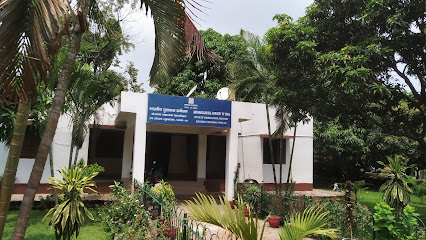
kali mandir
Discover the serene beauty and vibrant culture of Kali Mandir, a revered Hindu temple in Patna, Bihar, dedicated to Goddess Kali.
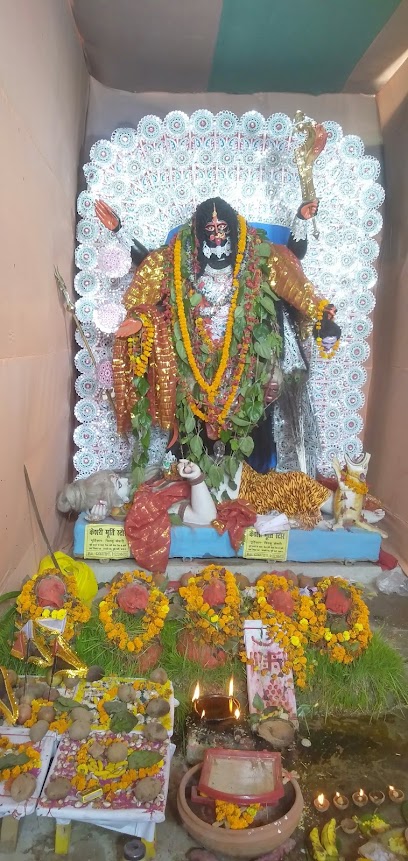
Agam kuan patna
Discover the ancient mystique of Agam Kuan in Patna, a historical site that whispers stories of India's glorious past.
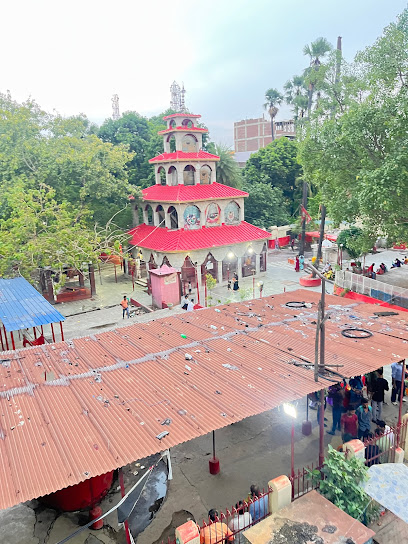
Kumhrar Railway Foot-Overbridge
Discover the Kumhrar Railway Foot-Overbridge – a blend of modernity and history in Patna, Bihar, connecting you to the city’s vibrant culture.
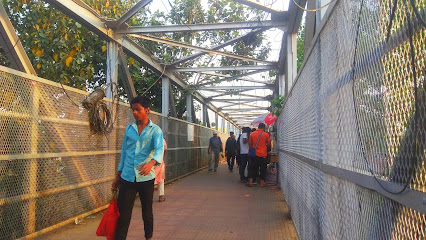
Kumhrar and Asokan Palace Museum
Explore the rich history of the Mauryan Empire at Kumhrar and Asokan Palace Museum, a captivating destination in Patna.

Kumhrar
Discover the ancient ruins of Kumhrar in Patna, a historical site that unveils the grandeur of the Mauryan Empire and its architectural marvels.
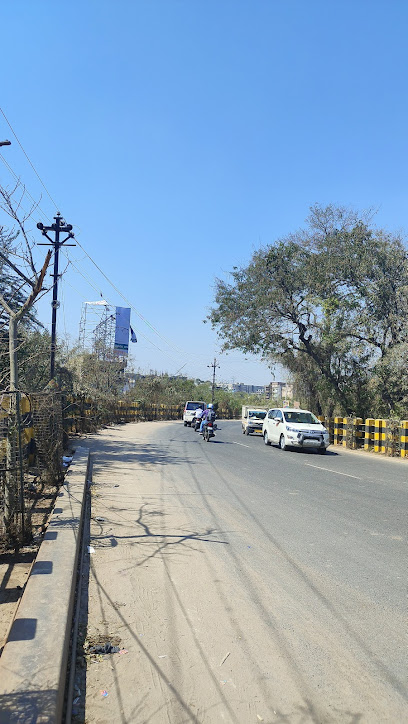
Sandalpur Kumhrar Golambar
Discover the historical charm of Sandalpur Kumhrar Golambar in Patna, Bihar, a journey through India's rich cultural heritage and ancient architecture.
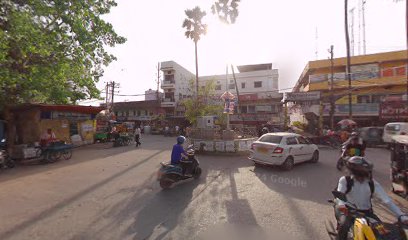
Vikramaditya circle
Discover the cultural essence of Patna at Vikramaditya Circle, a serene tourist attraction that celebrates the city's rich heritage and history.

Unmissable attractions to see
Rajdhani Vatika
Experience the tranquility of Rajdhani Vatika, a botanical garden and park in Patna, where nature meets art in a serene environment.
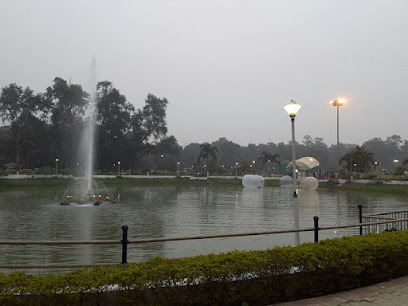
Kumhrar Park
Discover the serene beauty and historical richness of Kumhrar Park, a must-visit tourist attraction in Patna, Bihar.
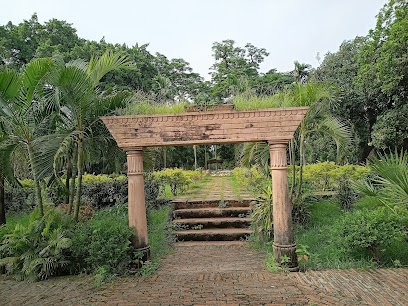
Kangan Ghat, Patna
Experience serenity and spirituality at Kangan Ghat, an iconic riverside retreat in Patna, Bihar, perfect for relaxation and cultural exploration.

Ganga Riverfront
Explore the Ganga Riverfront in Patna: a captivating blend of spirituality, culture, and natural beauty along the sacred Ganga River.
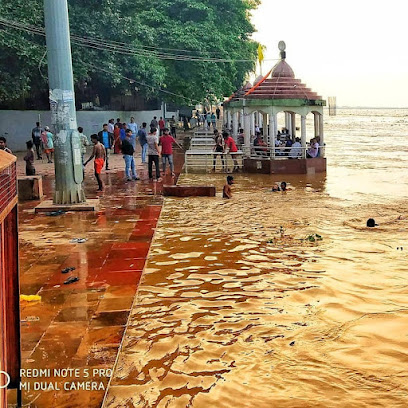
Kumharar Park Museum
Discover the rich history of India at Kumharar Park Museum, home to Mauryan era relics and a serene park perfect for relaxation.
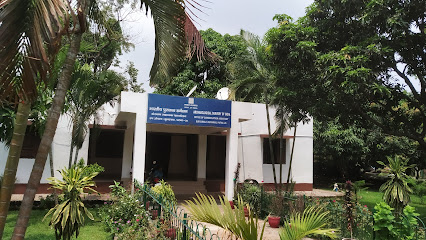
Kumhrar and Asokan Palace Museum
Unearth the ancient treasures of Kumhrar and Asokan Palace Museum, a historical gem in Patna that reveals the grandeur of the Mauryan Empire.

Vikramaditya circle
Discover the charm of Vikramaditya Circle in Patna, a picturesque tourist attraction blending nature, culture, and local life.
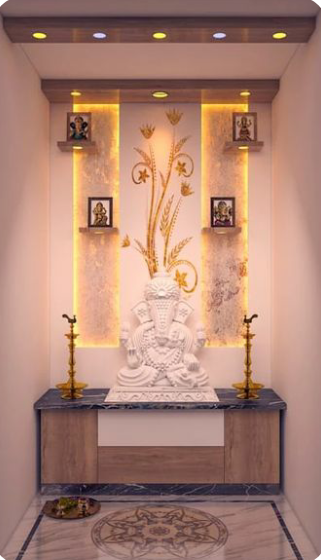
Party & Entertenment Zone
Discover the pulsating energy of Patna's Party & Entertainment Zone, where local culture and vibrant nightlife come together for an unforgettable experience.
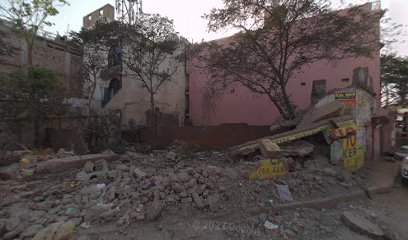
Essential places to dine
Biryani Charminar
Discover the authentic tastes of India at Biryani Charminar - Patna's premier destination for flavorful biryani and traditional Indian cuisine.

HOT POT.
Experience authentic Bihari cuisine at Hot Pot in Patna - where flavor meets tradition in every delicious bite.
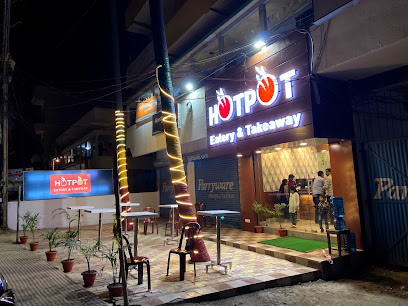
Chicago Pizza - Kumhrar
Indulge in authentic Chicago-style pizza at Chicago Pizza in Kumhrar - a delicious experience awaits every pizza lover!
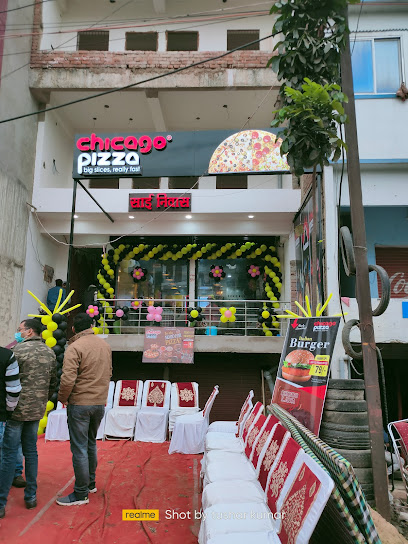
Eateria Restaurant & Cafe
Experience the best of Patna's culinary scene at Eataria Restaurant & Cafe, where flavors meet hospitality in a vibrant setting.
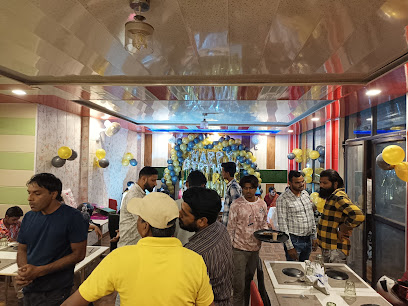
Fountain Restaurant
Discover Fountain Restaurant in Patna – a breakfast haven serving delicious dishes in a warm and inviting atmosphere.
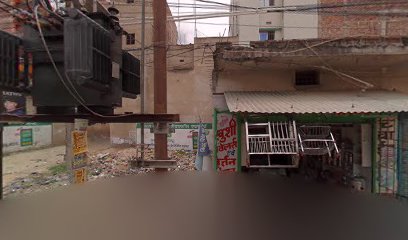
Food way
Experience the best of fast food and Chinese cuisine at Food Way in Kumhrar, Patna - where flavor meets convenience.

MAHI FAMILY RESTAURANT
Experience the rich culinary traditions of Bihar at Mahi Family Restaurant – where every meal is a celebration of flavor.
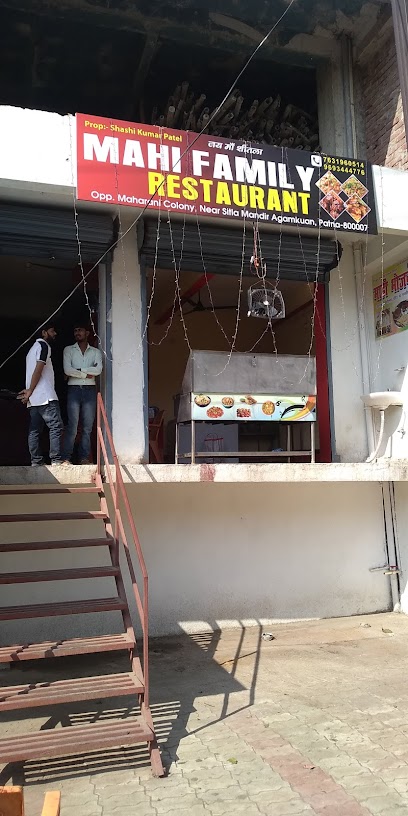
The Backstreet Kitchen
Discover the rich flavors of India at The Backstreet Kitchen in Patna – where tradition meets innovation in every bite.
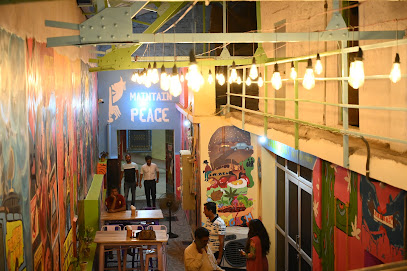
Food City Restaurant & Cafe
Experience exquisite fine dining at Food City Restaurant & Cafe in Patna with diverse menus and exceptional service.
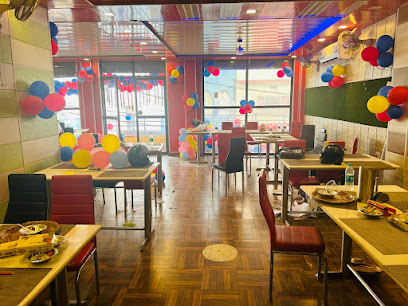
Jashn-e-biryani
Experience authentic Indian cuisine with exquisite biryani at Jashn-e-biryani in Patna - a true culinary delight.
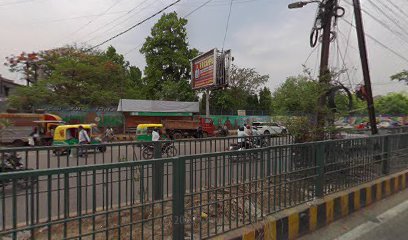
Markets, malls and hidden boutiques
P&M Mall
Discover the best shopping, dining, and entertainment at P&M Mall, Patna's premier shopping destination.
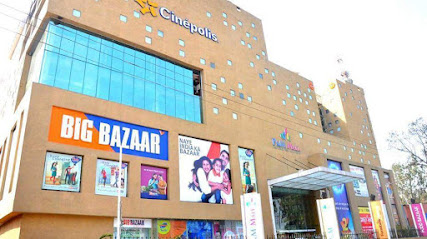
Centro Mall
Explore the dynamic Centro Mall in Patna for a unique shopping and dining experience, featuring diverse retail shops and entertainment options.
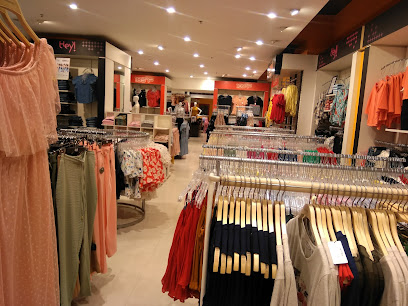
Aurelia Kankarbagh Store
Explore trendy apparel at Aurelia Kankarbagh Store, a must-visit clothing destination for fashion lovers in Patna, Bihar.
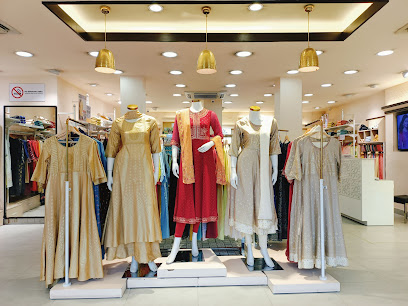
Ajanta Sports & Gifts Crafts
Explore the artistry of Ajanta Sports & Gifts Crafts in Patna, where local culture meets unique handcrafted gifts and sports memorabilia.
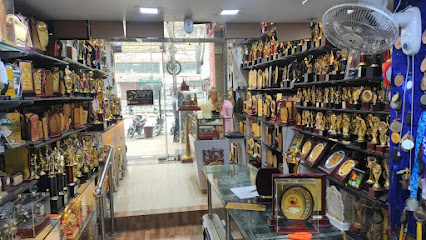
KOI D KIT
Explore KOI D KIT, Patna's premier gift shop for unique treasures, handcrafted items, and local artistry that captures the essence of Bihar.
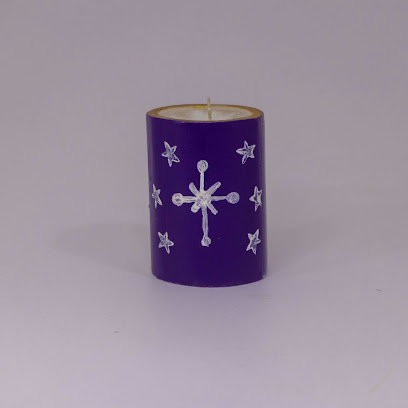
K P GIFT GALLERY
Explore K P Gift Gallery in Patna: Your go-to destination for unique gifts, toys, and stationery, perfect for all ages.
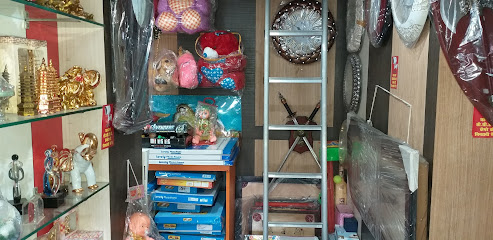
Shivam Stationary
Discover unique gifts and stationery at Shivam Stationary in Patna, where local culture meets delightful shopping experiences.

Aadarsh Sringar
Discover Aadarsh Sringar in Patna for unique gifts, cosmetics, and stylish women's clothing, perfect for any occasion.
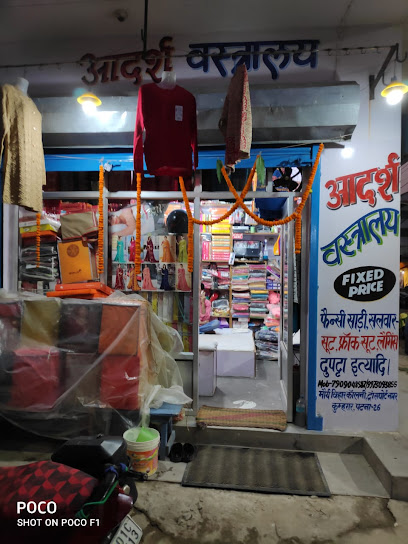
rremporium
Discover unique treasures at Rremporium in Patna, a shopping destination blending local craftsmanship with contemporary finds.
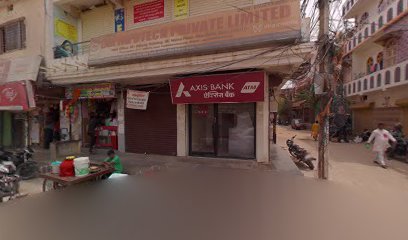
Surbhi Sringar & Gift Corner
Explore a delightful range of gifts and cosmetics at Surbhi Sringar & Gift Corner in Patna, where every item tells a story.
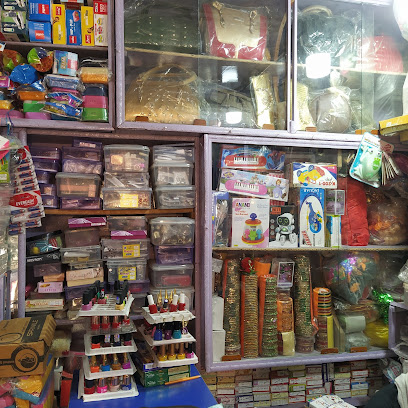
Essential bars & hidden hideouts
Eateria Restaurant & Cafe
Discover a delightful blend of local and international cuisine at Eataria Restaurant & Cafe in the heart of Patna, Bihar.
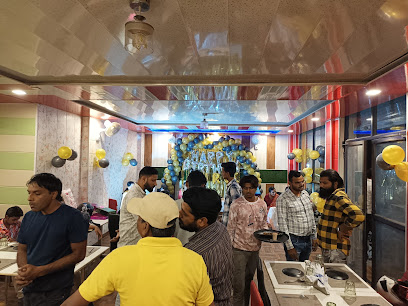
The Purple Lounge
Experience the energetic nightlife of Patna at The Purple Lounge, where great drinks and a lively atmosphere await every visitor.
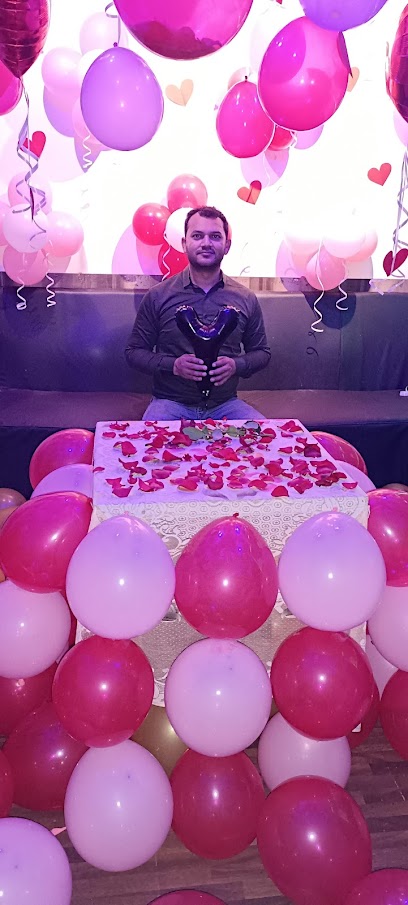
Fountain Restaurant
Discover the best breakfast in Patna at Fountain Restaurant, where local flavors meet a delightful dining experience.
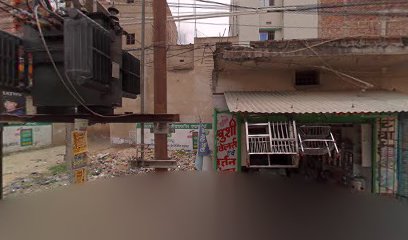
The Backstreet Kitchen
Experience the authentic flavors of India at The Backstreet Kitchen in Kumhrar, Patna—a culinary haven for discerning food lovers.
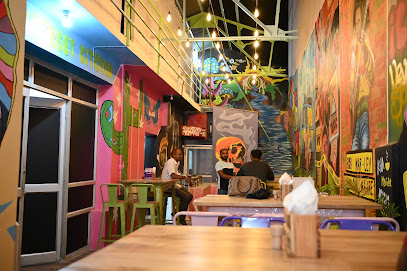
Bittu lodge
Discover a cozy retreat at Bittu Lodge, the perfect lounge in the heart of Patna for relaxation and socializing.

Jashn-e-biryani
Experience the rich flavors of India at Jashn-e-biryani, a culinary gem in Patna, offering authentic biryani and a variety of traditional dishes.
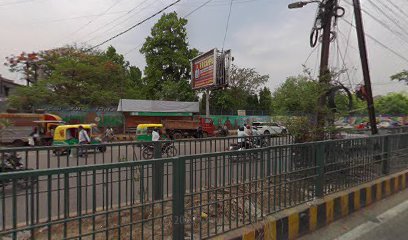
Vikash Kumar
Experience the local spirit at Vikash Kumar bar in Sadikpur, Patna – a cozy haven for relaxation and authentic cultural encounters.

Fast Food Resturent
Experience the vibrant fast food culture in Patna, where quick bites and local flavors blend seamlessly for an unforgettable culinary journey.

Royal Khan Brothers
Experience the vibrant nightlife of Patna at Royal Khan Brothers, a lively bar offering a delightful mix of drinks and local flavors.
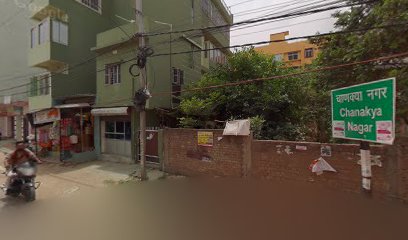
मनहूसियत पनौती लूज़र पानीपुरी
Savor the authentic taste of street food at मनहूसियत पनौती लूज़र पानीपुरी in Patna, where every bite is a celebration of flavor.
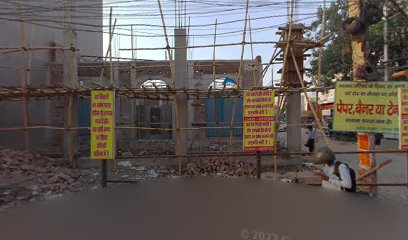
Local Phrases
-
- Helloनमस्ते
[Namaste] - Goodbyeअलविदा
[Alvida] - Yesहाँ
[Haan] - Noनहीं
[Nahi] - Please/You're welcomeकृपया
[Kripya] - Thank youधन्यवाद
[Dhanyavad] - Excuse me/Sorryक्षमा करें
[Kshama karein] - How are you?आप कैसे हैं?
[Aap kaise hain?] - Fine. And you?ठीक हूँ। आप?
[Theek hoon. Aap?] - Do you speak English?क्या आप अंग्रेज़ी बोलते हैं?
[Kya aap angrezi bolte hain?] - I don't understandमुझे समझ में नहीं आया
[Mujhe samajh mein nahi aaya]
- Helloनमस्ते
-
- I'd like to see the menu, pleaseकृपया मेनू दिखाइए
[Kripya menu dikhaiye] - I don't eat meatमैं मांस नहीं खाता/खाती
[Main maans nahi khaata/khaati] - Cheers!चियर्स!
[Cheers!] - I would like to pay, pleaseकृपया मुझे भुगतान करने दें
[Kripya mujhe bhugtan karne dein]
- I'd like to see the menu, pleaseकृपया मेनू दिखाइए
-
- Help!बचाओ!
[Bachao!] - Go away!चले जाओ!
[Chale jao!] - Call the Police!पुलिस को बुलाओ!
[Police ko bulao!] - Call a doctor!डॉक्टर को बुलाओ!
[Doctor ko bulao!] - I'm lostमैं खो गया/गई हूँ
[Main kho gaya/gayi hoon] - I'm illमुझे बीमारी है
[Mujhe bimari hai]
- Help!बचाओ!
-
- I'd like to buy...मैं ... खरीदना चाहूँगा/चाहूँगी
[Main ... kharidna chahunga/chahungi] - I'm just lookingमैं बस देख रहा/रही हूँ
[Main bas dekh raha/rahi hoon] - How much is it?यह कितने का है?
[Yeh kitne ka hai?] - That's too expensiveयह बहुत महंगा है
[Yeh bahut mehnga hai] - Can you lower the price?क्या आप कीमत कम कर सकते/सकती हैं?
[Kya aap keemat kam kar sakte/sakti hain?]
- I'd like to buy...मैं ... खरीदना चाहूँगा/चाहूँगी
-
- What time is it?अब कितने बजे हैं?
[Ab kitne baje hain?] - It's one o'clockएक बजे हैं
[Ek baje hain] - Half past (10)दस बजे बीस मिनट हो रहे हैं
[Das baje bees minute ho rahe hain] - Morningसुबह
[Subah] - Afternoonदोपहर
[Dopahar] - Eveningशाम
[Shaam] - Yesterdayकल
[Kal] - Todayआज
[Aaj] - Tomorrowकल
[Kal] - 1एक
[Ek] - 2दो
[Do] - 3तीन
[Teen] - 4चार
[Char] - 5पाँच
[Paanch] - 6छह
[Chhah] - 7सात
[Saath] - 8आठ
[Aath] - 9नौ
[Nau] - 10दस
[Das]
- What time is it?अब कितने बजे हैं?
-
- Where's a/the...?... कहाँ है?
[... kahan hai?] - What's the address?पता क्या है?
[Pata kya hai?] - Can you show me (on the map)?क्या आप मुझे दिखा सकते/सकती हैं (नक्शे पर)?
[Kya aap mujhe dikhya sakte/sakti hain (nakse par)?] - When's the next (bus)?अगली (बस) कब है?
[Agli (bus) kab hai?] - A ticket (to ....)एक टिकट (.... के लिए)
[Ek ticket (.... ke liye)]
- Where's a/the...?... कहाँ है?
History of Kumhrar
-
Kumhrar, located in the modern-day Patna, has roots that stretch back to the ancient city of Pataliputra, which was the capital of the Maurya Empire around the 3rd century BCE. The archaeological excavations in Kumhrar have unearthed remnants of ancient structures, including the ruins of the famed Mauryan Pillars, which highlight its significance as a political and cultural hub during ancient times.
-
During the reign of Emperor Ashoka, Kumhrar was adorned with impressive architecture, most notably the Ashokan Pillars, which were built to spread the principles of Buddhism. These pillars, made from polished sandstone and intricately carved with animal motifs, stand as a testament to the architectural prowess of the Mauryan period and are pivotal in understanding the spread of Buddhism in the region.
-
Kumhrar also played a crucial role during the Gupta period (approximately 4th to 6th centuries CE), which is often referred to as the Golden Age of India. This era saw a flourishing of arts, literature, and science, with Kumhrar contributing to the intellectual and cultural advancements of that time. The remnants of structures from this period reflect the architectural styles and urban planning innovations that emerged.
-
In the 18th and 19th centuries, Kumhrar, like much of Patna, experienced the impacts of colonial rule. The British colonial administration undertook various modernization projects, which changed the landscape of the area. Despite these changes, the historical significance and archaeological heritage of Kumhrar continued to attract attention, leading to more systematic excavations and preservation efforts in the 20th century.
-
Today, Kumhrar is recognized as an archaeological site of national importance. The site has been developed into a park, with preserved ruins and informative displays that educate visitors about the history of Pataliputra. It serves as a vital link to understanding the region's past and continues to be a focal point for historians and tourists interested in the rich tapestry of Indian history.
Kumhrar Essentials
-
Kumhrar is well-connected to the rest of Patna. The nearest major railway station is Patna Junction, from where you can take a local taxi or an auto-rickshaw to reach Kumhrar in about 15-20 minutes. Buses also operate from various parts of Patna, including the Patna City Bus Terminal, frequently heading towards Kumhrar. If you're arriving from Patna Airport, you can hire a taxi or use ride-hailing apps, which typically take around 30 minutes to reach Kumhrar.
-
Kumhrar is relatively small and can be explored on foot, especially the archaeological sites and local markets. Auto-rickshaws and cycle-rickshaws are commonly available for short distances. Local buses run through Kumhrar, connecting it to other neighbourhoods. For a more personalized experience, consider renting a bicycle to leisurely explore the area.
-
Kumhrar is generally safe for tourists, but standard precautions should be taken. Avoid poorly lit areas at night and keep your belongings secure, especially in crowded places. While there are no specific high-crime areas targeting tourists, it’s advisable to remain vigilant, particularly around the Kumhrar archaeological site where crowds may gather.
-
In case of an emergency, dial 100 for police assistance or 108 for ambulance services. Local hospitals, such as Patna Medical College and Hospital, are equipped to handle emergencies. It’s advisable to have travel insurance that covers medical emergencies and to know the location of nearby pharmacies for minor health issues.
-
Fashion: Do dress modestly, especially near religious sites. Avoid shorts or revealing clothing. Religion: Do respect local customs and traditions; always remove shoes when entering temples. Public Transport: Do offer your seat to the elderly and women. Don’t eat or drink on public transport. Greetings: Do greet locals with a smile and a polite 'Namaste.' Eating & Drinking: Do try local street food, but ensure it’s from clean establishments. Don’t refuse food or drink offered by locals, as it may offend.
-
To experience Kumhrar like a local, visit the local markets where you can find fresh produce and traditional snacks. Engage with the locals, many of whom are keen to share stories about the historical significance of the area. Don't miss the ancient Mauryan relics at the Kumhrar archaeological site, and consider visiting early in the morning to avoid crowds. Also, try to participate in local festivals if your visit coincides with one, as they offer a vibrant glimpse into the community’s culture.
Nearby Cities to Kumhrar
-
Things To Do in Varanasi
-
Things To Do in Chitwan
-
Things To Do in Patan
-
Things To Do in Bhaktapur
-
Things To Do in Kathmandu
-
Things To Do in Nagarkot
-
Things To Do in Ranchi
-
Things To Do in Bandipur
-
Things To Do in Gorkha
-
Things To Do in Namche Bazaar
-
Things To Do in Pokhara
-
Things To Do in Siliguri
-
Things To Do in Darjeeling
-
Things To Do in Lumbini
-
Things To Do in Rajshahi

